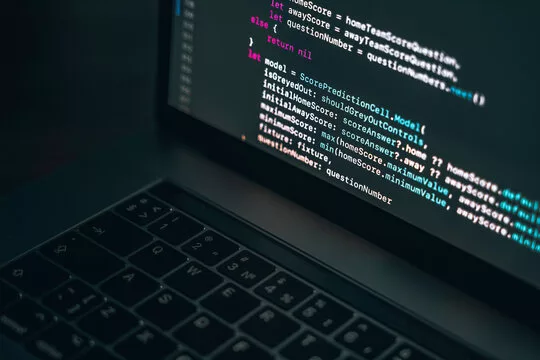In the world of machine learning, overfitting is a dangerous and common problem that can lead to inaccurate models and predictions. So what is overfitting, and why is it such a big issue? In short, overfitting refers to the tendency of a model to fit the training data too well, which can cause the model to erroneously generalize from that data set. This can be dangerous because it can lead to incorrect predictions or erroneous interpretations of data. Now that we’ve covered what overfitting is, let’s take a look at some ways you can avoid it in your machine learning projects. First and foremost, always make sure that your training data is representative of the target dataset. Second, use caution when choosing parameters for your model—especially when trying to find an optimal solution. And finally, always test your models thoroughly before deploying them into production.
What is overfitting in machine learning?
Overfitting is a problem that can occur when artificial intelligence (AI) models are created from data that does not accurately reflect the true pattern of relationships in the data. Overfitting occurs when the AI model is too specific to the training data, and does not generalize well to new instances of the data. This can cause the AI model to make poor predictions on future instances of the data, resulting in unnecessary errors and waste of resources.
How can we prevent overfitting in machine learning?
Machine learning is a field of artificial intelligence that allows computers to learn from data. In order for machine learning algorithms to be effective, they must be able to generalize from the data they have been given. Generalization is important because it allows the algorithm to make predictions about unseen data. However, if the algorithm is overfitting, it will not be able to generalize well and will only be able to make predictions that are related to the data it has been given. Overfitting can be prevented by using stop criteria in your training process. By using these criteria, you can ensure that the machine learning algorithm does not overfit and becomes generalizable.
How to identify overfitting in a machine learning model?
Overfitting happens when a machine learning model fits a specific training dataset too tightly. This can make the model perform poorly on new datasets, potentially rendering it useless. There are several ways to identify if a machine learning model is overfitting:
1. Check for low generalization error rates on test datasets: A low error rate suggests overfitting. Achieving better predictions requires a broader training data set.
2. Compare predicted versus actual values for important performance metrics: If the predictions are significantly off from reality, this may be an indicator that the model is overfitting.
3. Inspect models’ structure: Overfit models often have high coefficients and low GAMs (gains at each iteration), which suggests that the algorithm is searching far too deep into the data during optimization.
4. Check for patterns in errors: If there are specific mistakes that always occur with similar input values, this might indicate that the model is overfitting to those specific patterns.
How to address overfitting in a machine learning model?
Machine learning models are often overfit on data sets that are not representative of the actual problem or dataset. Overfitting occurs when the model is excessively accurate on training data, but performs poorly on testing data. This can lead to incorrect predictions and skewed results.
One way to address overfitting is by using a cross-validation approach. This technique randomly divides the data set into n subsets, called “cross-validations”, and trains the model on each subset. We test the model on the remaining subsets k times, where k represents the number of training folds. This repetition ensures the model trains on varied data and avoids overfitting specific dataset instances.
Another method for mitigating overfitting is through feature selection. This technique involves selecting only certain features of a dataset that are responsible for predicting performance accurately. You can select features before training or during testing.
Conclusion
Overfitting is a common issue in machine learning, and can make it difficult to distinguish between good and bad models. By understanding overfitting and how to avoid it, you will be able to build better models that are more likely to generalize well.





